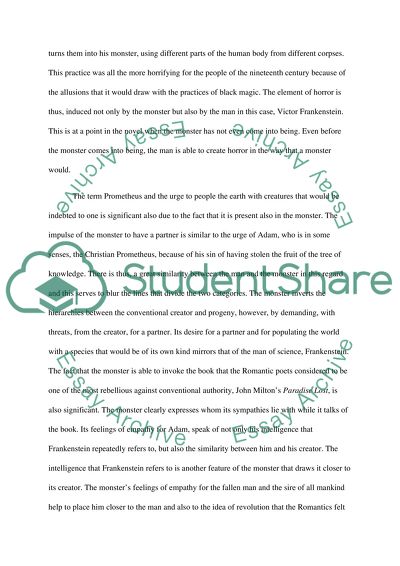Cite this document
(“Man and Monster in Mary Shelleys Frankenstein Essay”, n.d.)
Man and Monster in Mary Shelleys Frankenstein Essay. Retrieved from https://studentshare.org/literature/1435686-man-and-monster-in-mary-shelleys-frankenstein
Man and Monster in Mary Shelleys Frankenstein Essay. Retrieved from https://studentshare.org/literature/1435686-man-and-monster-in-mary-shelleys-frankenstein
(Man and Monster in Mary Shelleys Frankenstein Essay)
Man and Monster in Mary Shelleys Frankenstein Essay. https://studentshare.org/literature/1435686-man-and-monster-in-mary-shelleys-frankenstein.
Man and Monster in Mary Shelleys Frankenstein Essay. https://studentshare.org/literature/1435686-man-and-monster-in-mary-shelleys-frankenstein.
“Man and Monster in Mary Shelleys Frankenstein Essay”, n.d. https://studentshare.org/literature/1435686-man-and-monster-in-mary-shelleys-frankenstein.


